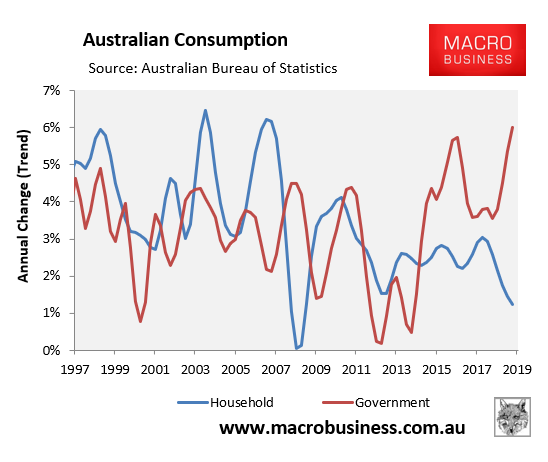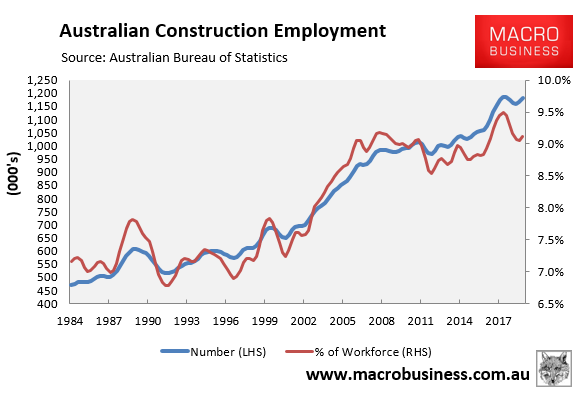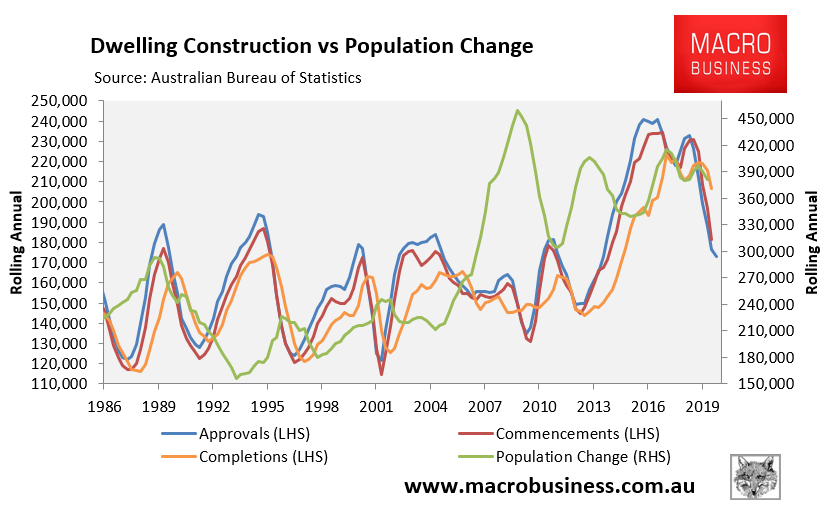As the National Broadband Network’s (NBN) rollout nears its completion on 30 June 2020, the costs of connecting the last remaining properties to hybrid-fibre coaxial (HFC) and fibre-to-the-curb (FTTC) have soared:
The company said today that complexities encountered in the home stretch of the main network build contributed to the higher-than-anticipated numbers.
NBN Co saw its HFC costs rise $154 per premises to $2744 in the last six months of 2019. It had forecast a cost-per-premises (CPP) of $2660 for the full year – FY20 – in its most recent corporate plan.
In addition, FTTC cost-per-premises rose $120 in the last six months of 2019 to $3249, against a corporate plan forecast of $3200.
Fibre-to-the-node (FTTN) and fibre-to-the-basement (FTTB) costs rose $63 per premises to $2331 in the final six months of 2019, marginally under its FY20 forecast number of $2340.
Meanwhile, NBN Co’s losses continue to climb:
NBN Co has posted earnings before interest and tax (EBIT) loss of $2.14 billion for the half-year due to increasing subscriber costs.
Subscriber costs for the half-year were $1.43 billion, up from $690 million in the previous period.
The costs are made up of payments to Telstra involving disconnection of services and to Optus around migration of subscribers to the NBN network.
But NBN Co boosted revenue by 39 per cent in the six months to December, with earnings (before interest, tax, depreciation and amortisation) excluding subscriber payments – the preferred metric – at $775 million. Including payments, NBN Co posted an EBITDA loss of $663 million.
The company said it remains on track to complete its volume rollout by June 30 as total revenue climbed to $1.81 billion for the half-year from $1.3 billion…
Capital expenditure fell to $2.5 billion, down from $2.9 billion in the previous corresponding period, as the company approached the final stages of its build.
The bigger story here is can be gleaned from the final sentence above.
Capital expenditures (capex) on the NBN were $2.5 billion over the second half of 2019. But with the rollout scheduled to complete on 30 June, the capex related to the NBN will disappear from the economy, dragging down both jobs and growth.
This matters because construction of the NBN was one of the reasons why the Australian economy continued to grow as the private sector plunged into recession:

Indeed, the NBN accounted for roughly 0.5% of Australia’s GDP growth at its peak.
The impact on employment will be particularly bad, given the NBN’s rollout is much more labour intensive than other forms of public investment, such as roads and rail.
The NBN’s build-out helps to explain why Australian construction employment recently hit an all-time high 1.2 million, accounting for 9.1% of total Australian jobs:

However, when combined with the hard crash in dwelling approvals and commencements:

The NBN’s completion means that construction jobs will retrench heavily from the second half of 2020, driving up overall unemployment.

